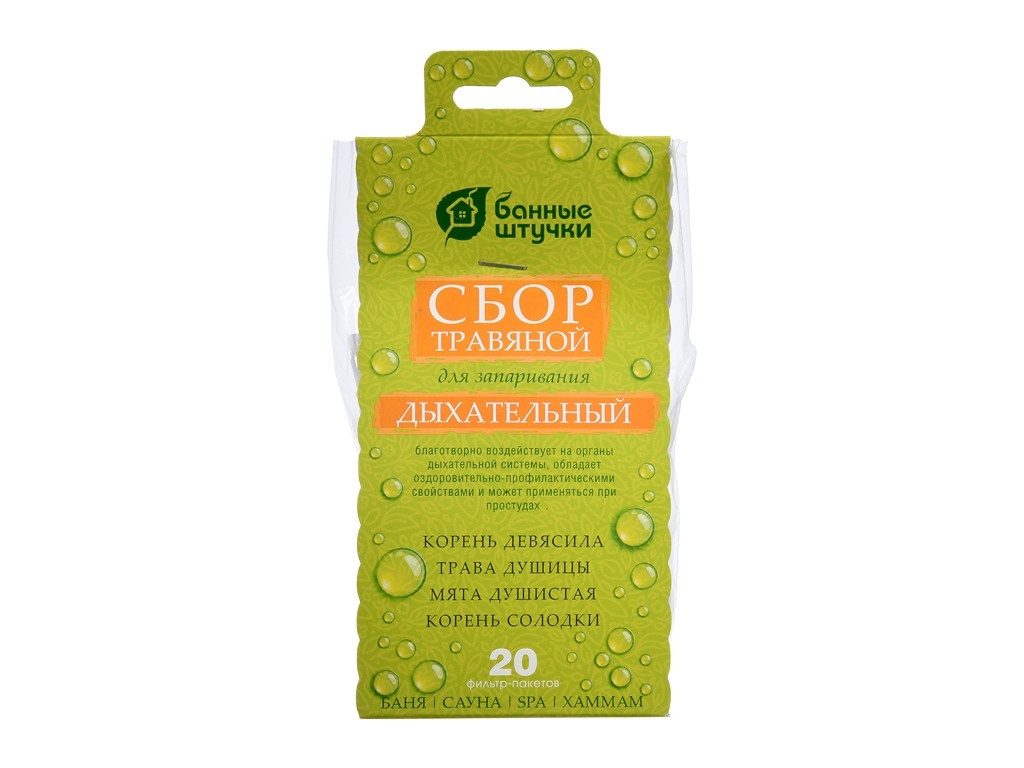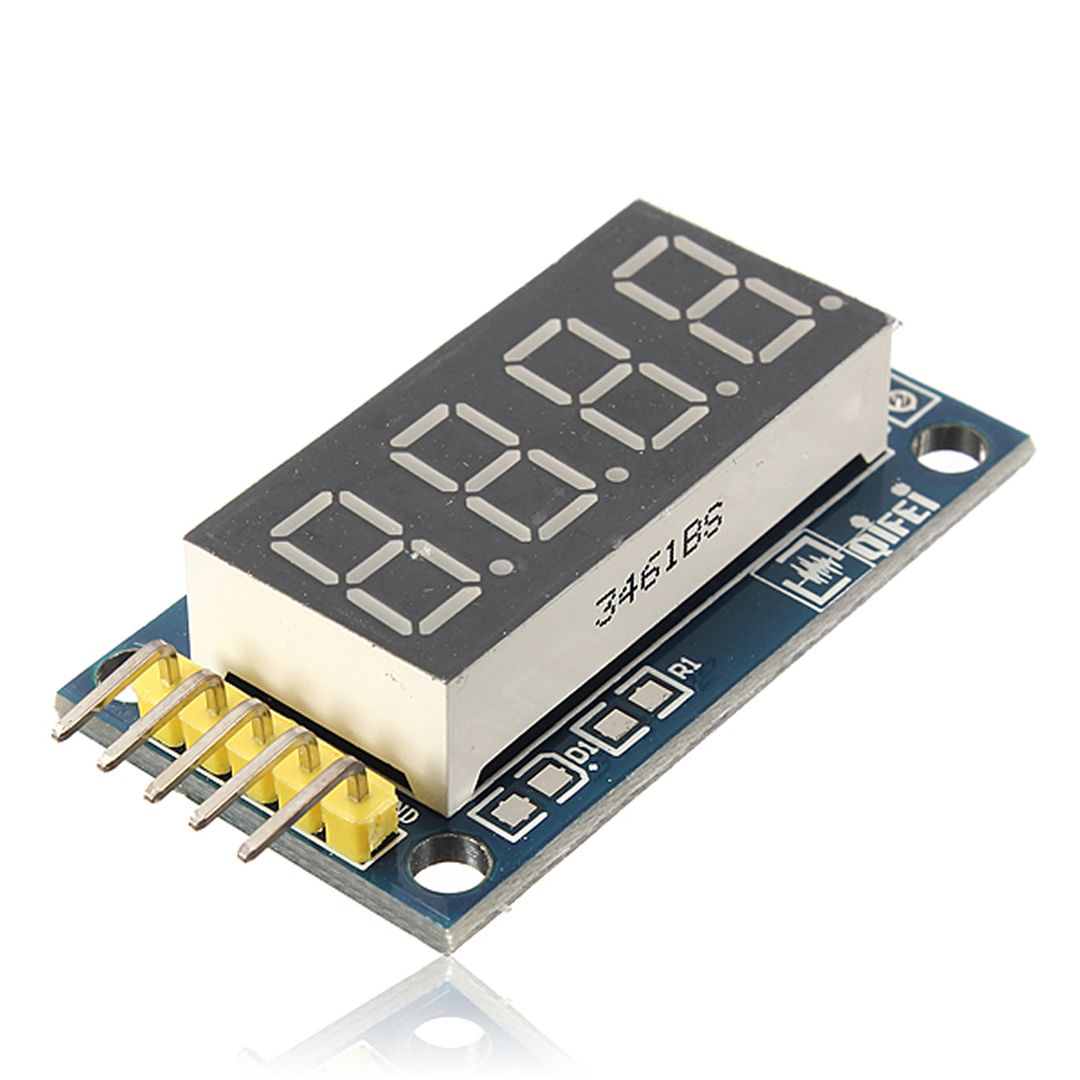During the construction of private houses have to solve a lot of problems. The main purpose - comfortable and safe accommodation. The correct choice of radiator ensures warmth and comfort in the house during the cold season.
In the private housing is installed autonomous heating system, without reference to the central heating system. House is heated by a boiler. There are types of the combined heating, when it is possible to choose between its own heating system and central (connection to the housing CHP).
As the coolant is water, oily liquid, antifreeze or a combination of water and antifreeze. Chance of heating homes with electricity.
Modern heating system can operate with an excess or reduced pressure. Radiators are placed not only on the walls but also on the floors, ceilings.
Content:
- Principle of operation
- Types, advantages and disadvantages of radiators for private homes
- malfunctions
- How to choose
Principle of operation

Differences between stand-alone and central heating:
- Independent heating system is operated at reduced pressure in a power saving mode;
- No hammering;
- It is possible to determine the composition and pH of the feed water in the pipe.
Therefore, the radiator is selected, guided in the first place, the heat transfer coefficient, and not the physico-chemical properties of the liquid medium. Heating system in a private house consists of a boiler, pipes and radiators.
In a special tank (boiler) water or another heat medium is heated to the desired temperature. Then it is fed into the tube, which moves in the direction of the batteries. By the same pipes it is returned liquid gives off heat.
The movement of water is provided or a circulation pump, or by natural circulation in the system.
The process of heating the house can go two ways:
- Radiation of heat from the surface of the heater;
- With convection currents.
For correct operation of the radiator before purchase calculated parameters of the heating system and the batteries separately. Incorrectly chosen lead to battery overheating or insufficient heat supply to residential premises. This takes into account all the doors and windows, ceiling height, the quality of home insulation, the coolant flow rate and other parameters.
Types, advantages and disadvantages of radiators for private homes

- by the manufacturer;
- specifications;
- in construction;
- on the materials used for manufacturing.
According to the structural characteristics of the battery are divided:
- sectional;
- plate;
- tubular;
- panel;
- Vacuum.
Sectional.
Transmitting heat by radiation from the hot surface. Assembled from separate parts (sections), interconnected by the constructor type. There are three types, depending on the material.
In a separate class-imposed steel sectional tubular structure. As the name implies - it is a hybrid.
The first cell battery made of cast iron. Of the benefits: high degree of heat transfer, uniform distribution of heat throughout the room. Minuses: a lot of weight requires a number of structural solutions for assembly and installation. Not very easy to use, so how hard purged from the settling dust and dirt.
Following the cast iron in the constructions of this kind began to use aluminum. Characterized by increased heat dissipation. The front part consists of a flat plate, perfectly conveys the heat to the room.
Above the hole made for creating a convection flow. They are able to rapidly heat the air in the house, are sensitive to the heat supply adjustment. Operating pressure reaches 9 atmospheres.
Sensitive to changes in pressure. The chemical composition of the water also affects the performance. Manufacturers recommend to put gas delivery device to discharge the hydrogen accumulated in the system.
Bimetallic.
They combine two or more types of metal. period - more than 40 years. Inside made of steel, to avoid interaction with the coolant radiator material, and the outside equipped with aluminum fins.
Withstands the pressure to 35 atmospheres.
To eliminate the corrosion, battery cover anticorrosion coating inside and outside.
They have low weight, easy to install. High heat and quality, beautiful design.
But such heaters expensive and not always economically justified. In private homes, they are not advisable. The absence of high pressure in the battery heating system and purified water depreciate pluses.
Plate.
Refer to the Convection heating type. It's straight and curved tube impaled on their plates. Typically, this type is used in the production and in large public spaces. In private homes are rarely used.
Are available from:
- become. They possess high strength and resistance to waterhammer. Heat transfer is not high;
- copper. Characterized by rapid heating of the premises. Very expensive model;
- aluminum. Economical. High heat. Low strength, because of which not recommend the use of high operating pressure.
Tubular.
It is not folding system consisting of a collector which are connected steel pipes. The diameter of the pipes and their number depends on the wishes of the customer and the volume of the space. Ability to connect to a variety of (even bizarre) form do these battery popular among designers.
Pros:
- The simplicity of design;
- A variety of shapes and colors;
- No sharp corners, so less travmoopasen. Good in homes with small children. Establish in health and care institutions;
- Easy to clean and wash;
- It does not dry the air in the room;
- Used in the manufacture of advanced materials and technologies. For example, the inner surface can be treated with special plastic that prevents corrosion and increase the service life;
- Light weight.
Minuses:
- Do not leave blank. Easy to rust;
- Sensitivity to waterhammer;
- In places where welding is possible to flow;
- Thin wall;
- Low heat;
- Little power. Recommended for small houses;
- The high price because of the use of modern materials and technologies.
Connection is possible as the side or bottom. With proper installation and operation will be long and without problems.
In private homes are popular are two types of tubular radiators. Towel indispensable in the bathroom.
There are also radiators, benches. The design is mounted on the floor.
Panel.
2 sheets, which are welded to each other. Between them are vertical channels through which the fluid flows. To increase the heat transfer is possible to install additional stiffeners. This steel U-shaped rib-bellows, which increase the area intended for heat exchange.
These devices are made of several panels (1 - 3 pieces), arranged in parallel. Beauty on the sides set trims.
Choosing the width and height of the plates - you can adjust the heat capacity of the device.
Light weight - advantage of this type of battery. Quickly react to changes in temperature of the coolant.
Minuses: Only operate at low pressure, which is not critical for the private houses with autonomous heating system. Can break down from water hammer. The inner surface is not protected against corrosion.
Panel radiators of different types are indicated by markings 10, 11, 12, 21, 22 and 33 type.
There are two ways to connect: the bottom or laterally.
Examples panel radiators:
- Thermal panels, mounted on the ceiling. This steel sheets, which are mounted on the pipe. This creates a downward thermal radiation;
- Warm floor. This is a single concrete slab, in which a network is assembled serpentine tubes.
Vacuum design.
This new type of radiators, recently appeared on the market. It consists of several parts, in which, instead of water is lithium bromide solution. Its boiling point is 35 degrees Celsius. Air from the sections has been removed to create the rarefied atmosphere.
By the bottom of the tube radiator supplied hot water, which heats the mixture. Lithium-bromine liquid evaporates. Vapors rise upward and heated battery plates. The condensate flows down.
Because of the small amount of coolant, the battery itself is compact. Radiator quickly heats and cools more slowly. With the combination of these devices with liquids and solid fuel boilers, fuel for heating premises falls by 2 times.
Pros:
- High heat. Working with boilers, boilers, stoves and solar collectors;
- It takes a small amount of water. For heating of one section - 50g. Thus, the flow is reduced by 80%;
- Easy assembly and installation;
- If the water is heated by electricity, then its flow is reduced by 30-40%;
- No corrosion processes;
- Low weight.
It is a safe device:
- Few compounds. No nipples, plugs, gaskets, which happens to flow;
- Since the coolant is small, even if the battery is damaged, it does not flood the house with water objects;
- The hydraulic pressure due to the water pressure only is present at the bottom of the battery, where water is supplied.
Minuses:
- Heat transfer is able to start only when a certain difference in temperature gradient;
- cost;
- Lithium-bromine mixture was toxic. When depressurization is required precautions.
When mounting is performed a number of requirements. The distance from the window to the radiator 5-10 cm and 2-5 cm to the floor. Connection is no different from other types of connections.
malfunctions

- Corrosion;
- The quality of joints;
- Thermal deformation;
- Limited resistance to "internal" stress;
- The dependence of the ring stiffness of the balance of ductility and brittleness of the material.
The initiators are breakages rusting of the housing, hydraulic impacts and damage from shock from outside.
Weakest link - the joint between the body and the battery tube wiring. fittings defects cause a leak at the site of the problem, and their incorrect connection reduces bandwidth. When improper sealing possible coolant loss.
Repair is to eliminate the causes of failure. Sometimes it is available only to professionals. Attempts to repair the damaged unit without the necessary knowledge and skills lead to additional problems and damage.
How to choose

- The material from which the battery is made (steel, aluminum, iron, bimetal);
- Operating pressure in the apparatus;
- battery power (or section) with the volume of the space;
- Battery size;
- Design, appearance;
- Manufacturers.
It is important to choose the right radiator for a private home. Heat in the house during the cold season, and comfort - this seeks to master, performing the selection and installation of radiators.


